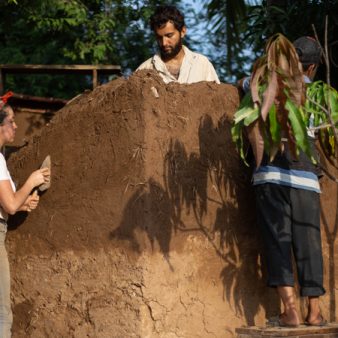One of the biggest challenges facing social housing providers across the world is the need to improve the energy efficiency of their homes. Old buildings use a lot of energy, making them a major source of carbon emissions as well as being uncomfortable and expensive to live in.
Many countries have introduced carbon reduction targets as part of the global effort to tackle climate change and the renovation of old buildings is essential if these targets are to be met. However, this kind of refurbishment work is costly and time-consuming for social landlords, which are non-profit organisations that often have several hundred homes to retrofit.
A group of Dutch housing associations that had been refurbishing their properties in stages, decided to come together to find a faster and cheaper way to retrofit their homes at scale. They challenged manufacturers to come up with new ideas, on the promise that they would implement the best one.
The winning idea was ‘Energiesprong’ – a system that uses prefabricated insulated wall and roof panels and a range of smart green technologies. The pre-made panels are attached directly to the existing building, speeding up the construction process and minimising disruption for residents.
Energiesprong retrofits take a very short amount of time (usually between seven and 10 days) and achieve a 70-80% reduction in the building’s energy use. Since its introduction in 2011, more than 10,000 projects have been completed in seven countries across Europe and North America, and thousands more are planned.
The project in practice
The Netherlands-based Global Energiesprong Alliance (GEA) is the umbrella body that coordinates the approach. Individual ‘market development teams’ work in the countries that are carrying out Energiesprong retrofits, including the UK, France, Germany, Italy, the USA and Canada.
These teams work with government agencies and financial institutions to create policies that support large-scale building retrofits. They coordinate housing organisations, construction companies and technology manufacturers to launch pilot projects and then broker retrofit deals involving thousands of homes.
GEA has always worked ‘open source’ to help kick-start the retrofit market. This means everything it does and creates is freely available to the public, so anyone can access it without paying or applying for usage rights. This approach helps to drive the retrofit movement internationally and encourages technological innovation in the industry.
Buildings undergoing an Energiesprong retrofit are measured very precisely. This is so insulated roof panels and wall façades pre-fitted with high-performance windows can be made off-site. The benefit of prefabricating these and other building components is that it creates a standardised product that can be manufactured in large quantities. This improves quality, reduces costs and allows retrofits to be completed on-site in as little as 10 days.
Reducing reliance on fossil fuels is a big part of Energiesprong’s approach and renewable energy sources, like solar panels, are included in its retrofits. Other technologies include smart and highly energy-efficient heating and cooling systems.
Residents are involved in every part of the process, attending community meetings and workshops, where they learn the benefits of an Energiesprong retrofit. They have a say in decision making to ensure the refurbishment meets their specific needs and creates comfortable homes that are easy to live in. They are also offered the choice to include extra elements in the project, such as a garden, or to renovate a park to benefit the whole neighborhood. Once work begins on-site, the speed of the process means there is very little disruption to tenants’ lives. When the retrofit is finished, residents provide feedback through surveys and interviews. This information is then used by GEA to refine the Energiesprong approach.
GEA uses performance-based contracts for the works. This incentivises construction companies and manufacturers to carry out high-quality work that achieves the required energy savings and that these benefits are maintained over time. Tenants are trained to manage any new appliances while monitoring systems allow them to see how much energy they are using in real time.
Social impact
Energiesprong retrofits reduce a building’s energy consumption by 70-80%. This improves the comfort of tenants’ homes and lowers their energy bills. This is particularly important in Europe, where more people are being driven into fuel poverty because of the energy crisis caused by the war in Ukraine.
GEA wants to eliminate the use of fossil fuels to power buildings and many of its 10,000 retrofits to date have achieved ‘net-zero’ energy performance. This means all the energy the building needs is generated by renewable sources on-site.
Internationally, the market development teams have strengthened government support for large-scale whole-building retrofits. This includes the introduction of subsidies and tax incentives in several countries as well as specific decarbonisation funds and competitions to lower the cost of energy efficient retrofits.
Environmental impact
The construction industry and the energy-inefficiency of old buildings are both major sources of carbon emissions, which cause global warming. Renovating old buildings, rather than constructing new ones, dramatically reduces the amount of carbon released into the atmosphere. Using renewable energy sources, such as solar panels, to power refurbished buildings also lowers emissions and reduces reliance on fossil fuels, like oil, which are burned to generate electricity.
GEA is committed to sustainable construction and the Energiesprong approach reuses and repurposes materials, rather than demolishing and discarding them. Prefabricating building components off-site also decreases construction waste.
The alliance wants to increase the use of ‘bio-based’ construction materials and is embarking on a three-year pilot that will use building components made from straw, wood, bio polymer and miscanthus grass, to retrofit 88 social homes across five countries.
Reducing water usage is not yet part of the Energiesprong approach but GEA plans to introduce a water-saving component in countries where water scarcity is a serious issue.
Funding
GEA is a non-profit organisation and has an annual turnover of around €200,000 ($217,500 USD). This is allocated to international collaboration and support of new markets (40%), knowledge exchange (20%), marketing (25%) and administration, back office and software (15%). Funding mainly comes from the EU projects that GEA is part of, including Horizon 2020, Interreg NWE and the LIFE programme.
A small amount of funding comes from annual contributions paid by Energiesprong market development teams. The teams themselves are independent and are funded by public authorities in each country. This funding ranges between €500,000 to €2,500,000 ($544,000 to $2,700,000 USD).
One of GEA’s main aims is to make retrofit projects more cost-effective and, despite the rising price of materials and labour, the total cost of retrofit projects will come down soon. This is due to the growing market for renewable energy that Energiesprong is helping to drive.
The cost of an Energiesprong retrofit per unit varies from country to country and depends on the type of building and previous works. The average cost is between €60,000 ($65,000 USD) and €100,000 ($108,300 USD) per home. Housing providers fund the works with their own money and sometimes receive funding or subsidies from national decarbonisation schemes or from the EU. Their investment is returned through the guaranteed long-term energy and maintenance savings that result from the retrofit.
In some of the pilot projects, housing providers asked residents to contribute towards the costs. This contribution was calculated in a way that still resulted in significantly lower monthly costs for residents, who benefitted from a 70-80% reduction on their utility service bills.
Transfer and expansion
GEA believes the Energiesprong’s flexible approach can be replicated in other countries and is committed to introducing the concept to as many territories as possible. The alliance is particularly focused on Eastern Europe and Energiesprong’s potential to help rebuild Ukraine once the war is over. In countries where there is little or no social housing, GEA believes Energiesprong can be adapted for other housing sectors and focus on specific issues, such as renewable energy.
The size of retrofit projects in the countries in which Energiesprong already operates is steadily increasing as the retrofit market grows, along with greater confidence in the process among housing providers. GeWobau Erlangen, in Germany, has committed to retrofitting 6,000 of its 8,800 homes with the Energiesprong approach by 2025, and there are plans to renovate an additional 55,000 homes across the EU and USA.
Energiesprong clearly demonstrates that it is possible to retrofit very large numbers of homes to carbon neutral standards, in a quick and cost-effective way. As the number of renovations increases from tens of thousands to millions of homes, many more tenants will benefit from increased comfort and reduced energy bills. However, Energiesprong’s potential to dramatically reduce global carbon emissions, means it is the planet that has the most to gain.
Download your free copy of the full project summary

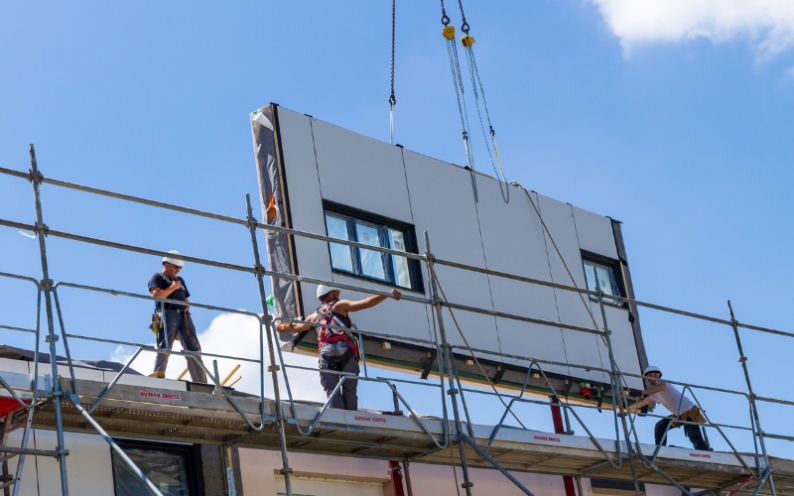
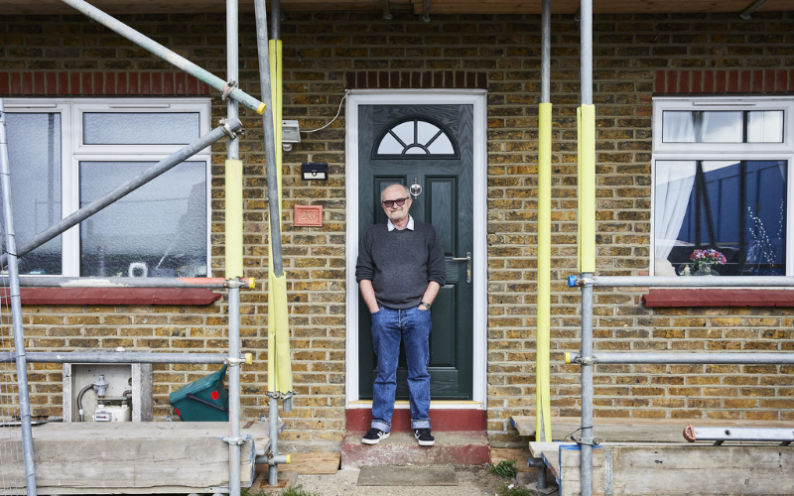
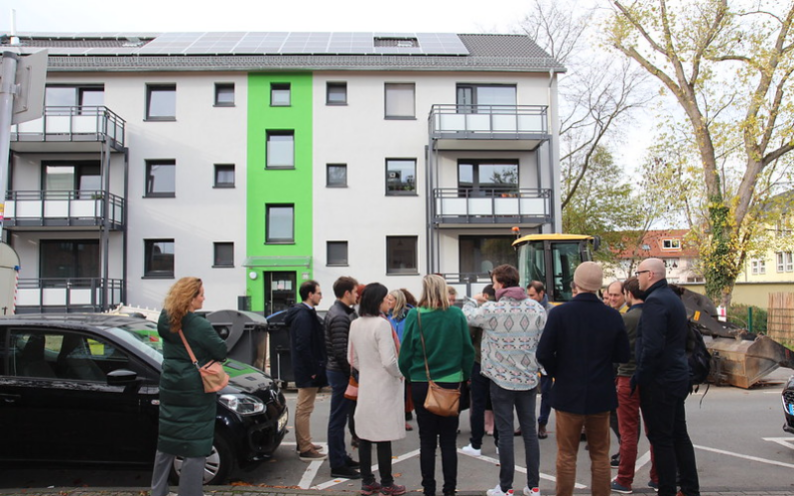
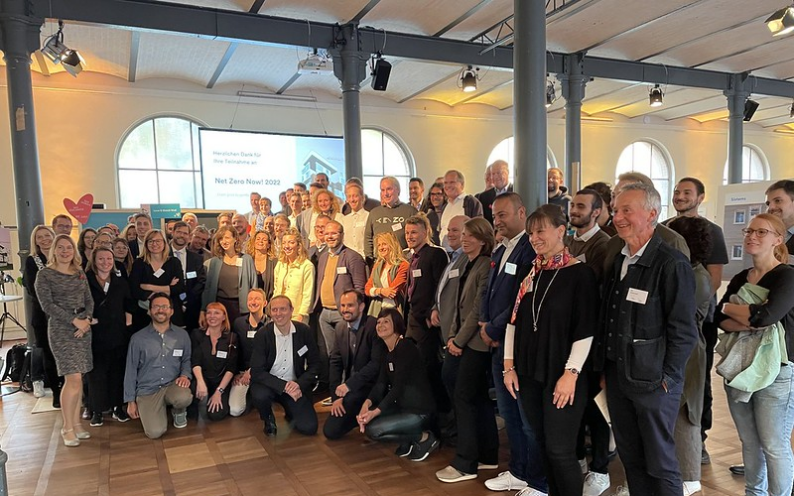
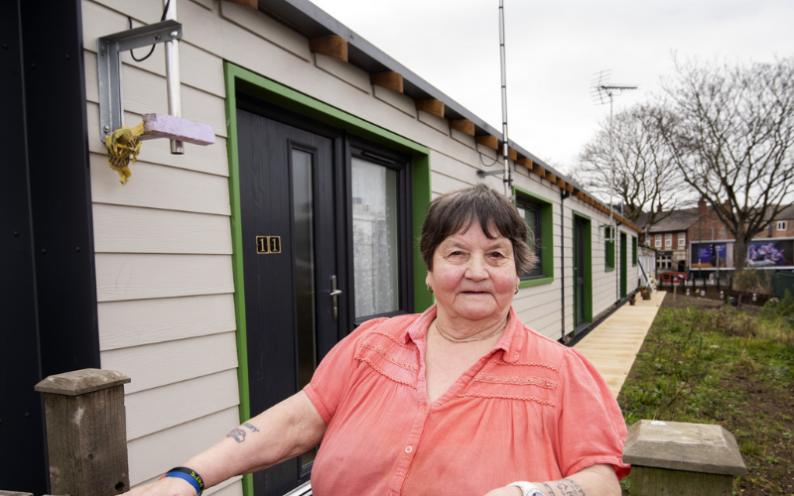

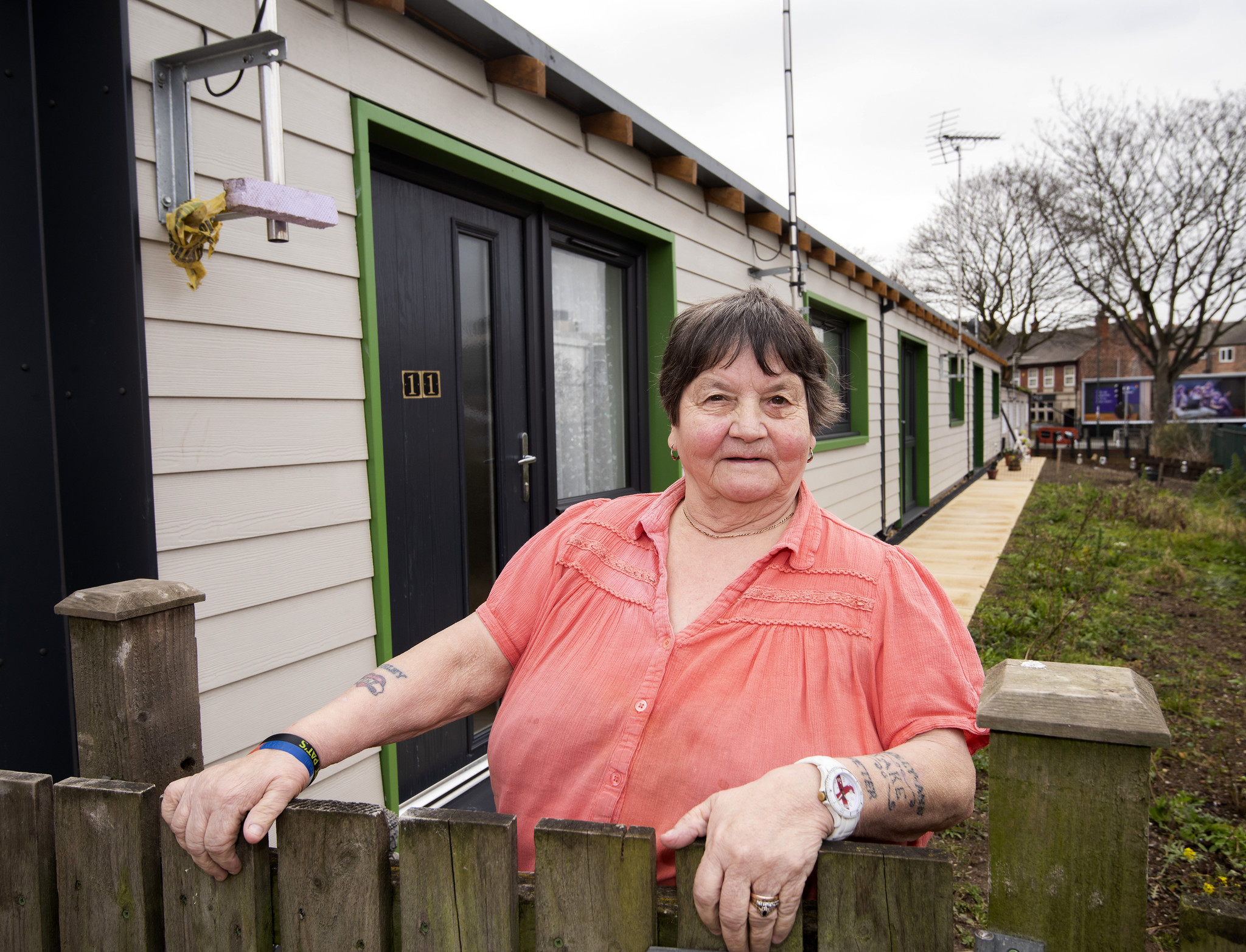
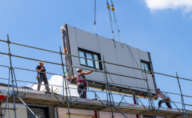
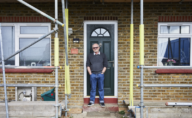
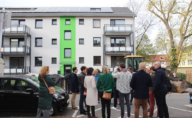
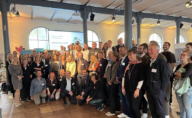
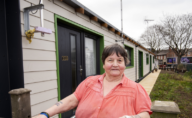
 ‘The house we are living in now was a 1950’s house that was made of ashblock. All the mortar had gone between the joints and it was quite literally the coldest house in the world. The ashblock retained the water so when it got cold it froze and it was like an ice block. It was almost uninhabitable. Without the heating on you couldn’t live there without a balaclava and gloves. Now it’s the complete opposite. It’s hard to fault because its not cold. It’s completely waterproof, it’s completely efficient. It costs me next to nothing to heat this. You can turn the heating at say 08:00 in the morning for an hour in the winter and I take it up to about 21, 21.5 degrees then I’ll turn the heating off at 9:00 when my wife goes to work and it retains that heat because the house is so secure, so insulated.
‘The house we are living in now was a 1950’s house that was made of ashblock. All the mortar had gone between the joints and it was quite literally the coldest house in the world. The ashblock retained the water so when it got cold it froze and it was like an ice block. It was almost uninhabitable. Without the heating on you couldn’t live there without a balaclava and gloves. Now it’s the complete opposite. It’s hard to fault because its not cold. It’s completely waterproof, it’s completely efficient. It costs me next to nothing to heat this. You can turn the heating at say 08:00 in the morning for an hour in the winter and I take it up to about 21, 21.5 degrees then I’ll turn the heating off at 9:00 when my wife goes to work and it retains that heat because the house is so secure, so insulated.
